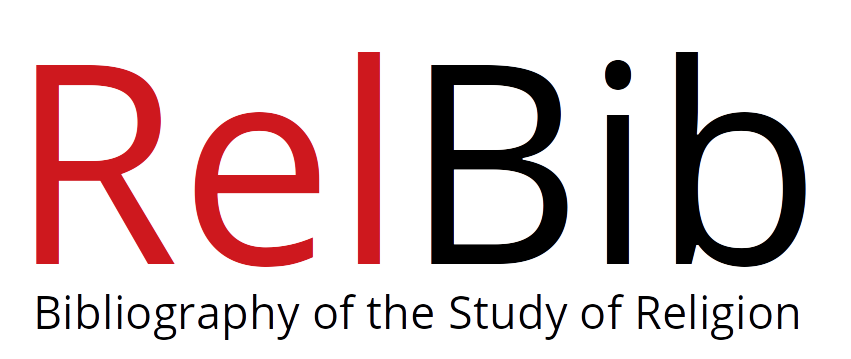|
ABSTRACT
In response to calls for more theoretically informed attention to gender in sociological studies of religious phenomena (Avishai, Jafar, and Rinaldo 2015; Charlton 2015; Cornwall 2009), this paper conceptualizes religion as a gendered institution (Avishai 2016a) in an examination of religious exit from a conservative Christian group, namely, the Amish. The present study identifies gender variation in individualsí motivations for exit and considers how gendered religious ideologies, gendered placement in religious organizational structures, and gendered religious practices explain this variation. Based on analysis of qualitative interviews with fifty- nine former Amish adults, I find that concerns about gender inequity motivated some respondents, almost entirely women, to leave. Menís and womenís other motivations for exit appear more similar on the surface, but closer examination reveals variation by gender. Analysis reveals that the intersection of religion and gender in the Amish context differently shaped menís and womenís religious realities and, therefore, colored in some way all of their reasons for leaving. These results suggest that most of the previous research on religious exit, which either overlooks gender entirely (e.g., Altemeyer and Hunsberger 1997; Kraybill, Johnson-Weiner, and Nolt 2013; Shaffir 1997; Smith 2011) or conceives of it narrowly, with little attention to gender theory (e.g., Cottee 2015; Hurst and McConnell 2010; Roozen 1980; Vargas 2012), has misrepresented gender variation in motivations for exit and failed to provide adequate explanation for differences identified. Considering the multiple dimensions through which the institutions of religion and gender intersect allows for a deeper understanding of religious phenomena and provides insights into the ways in which gender is produced and reproduced within religious groups. |













